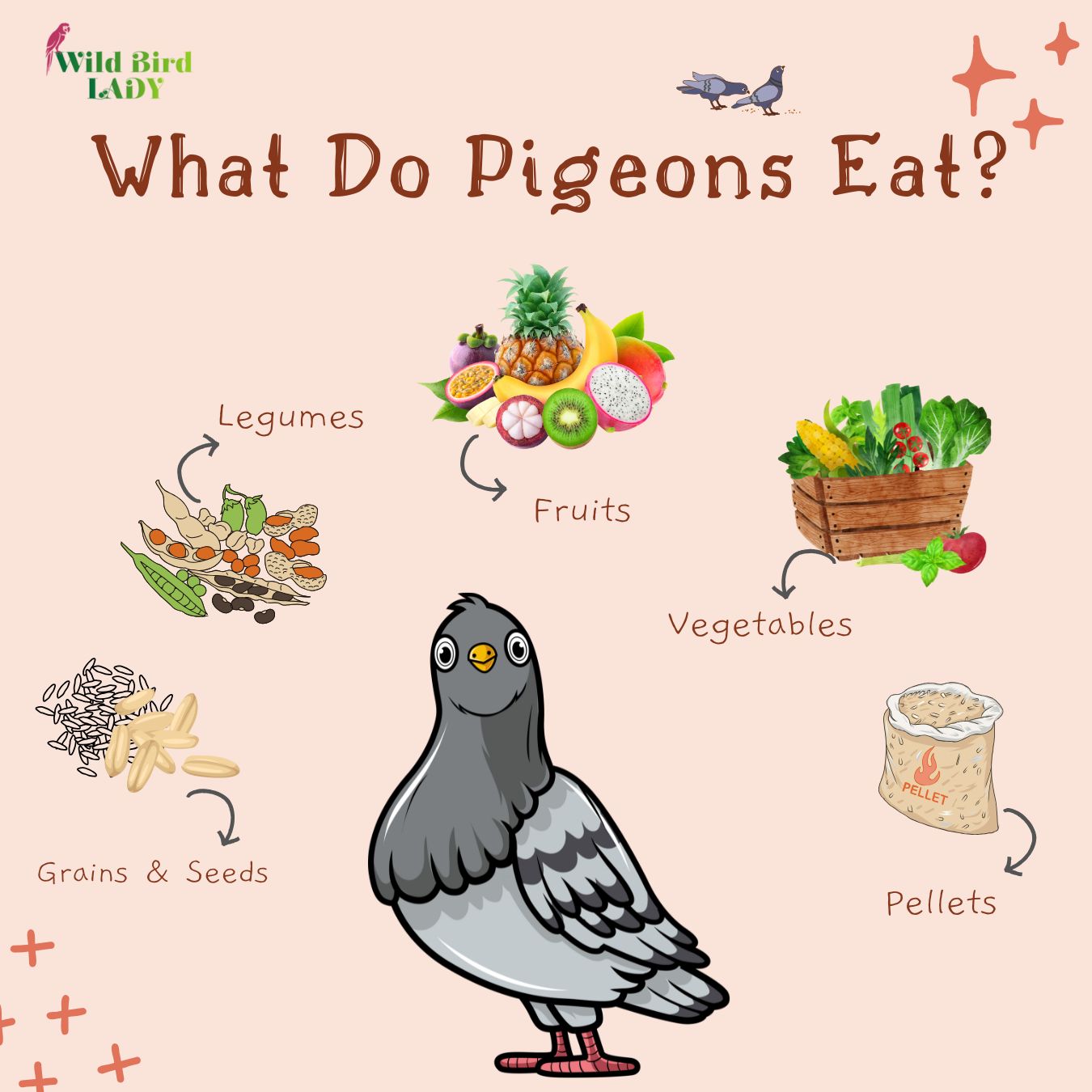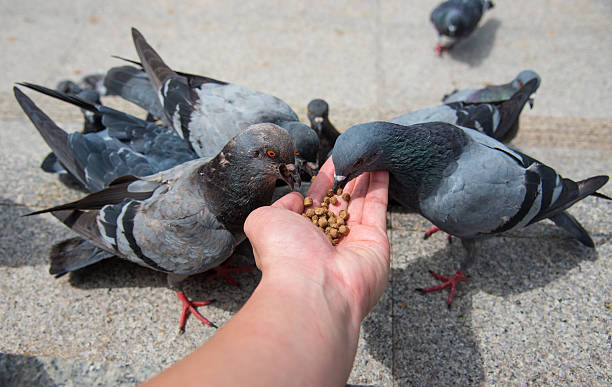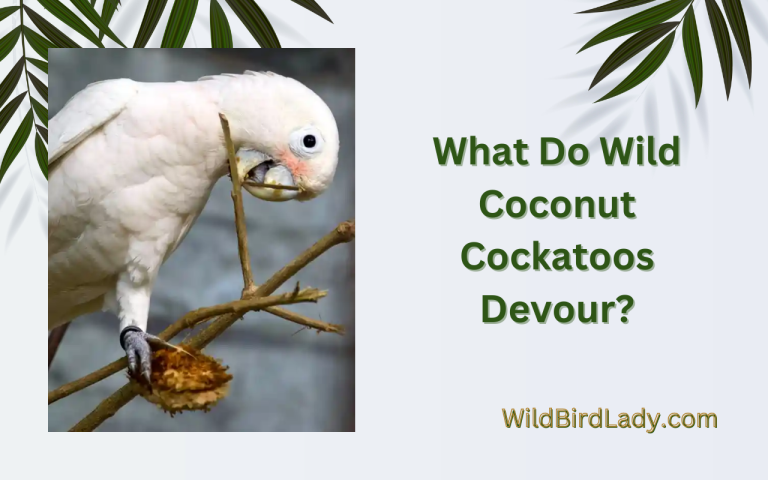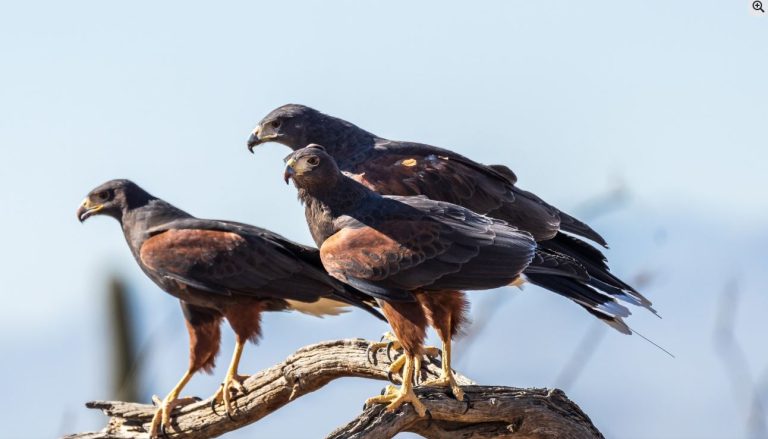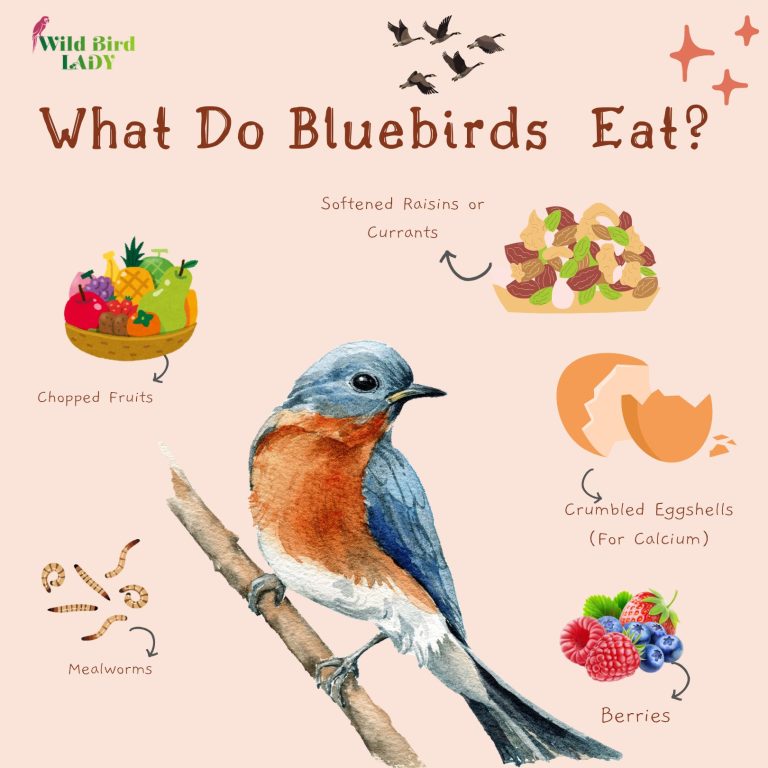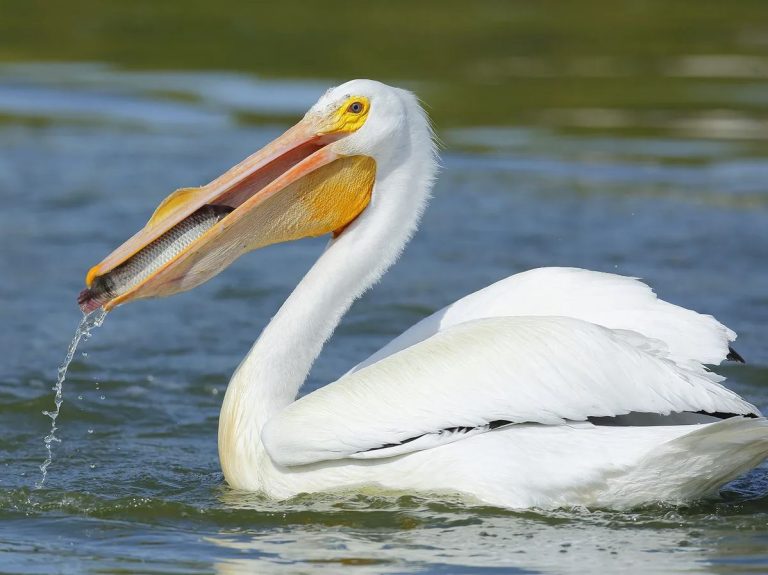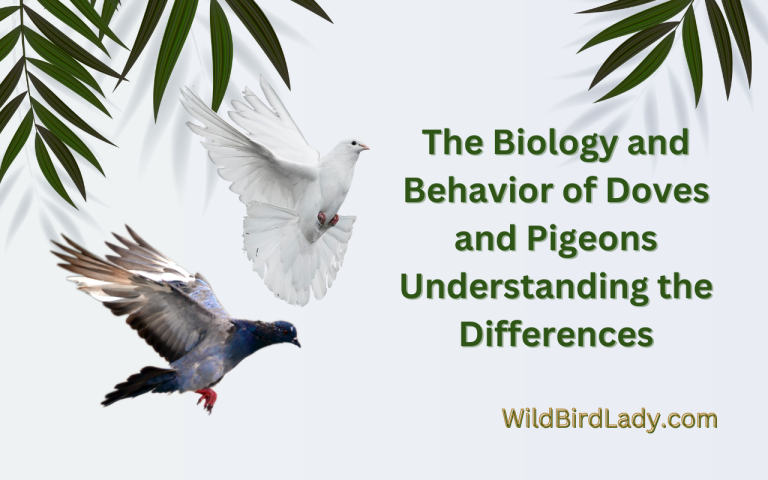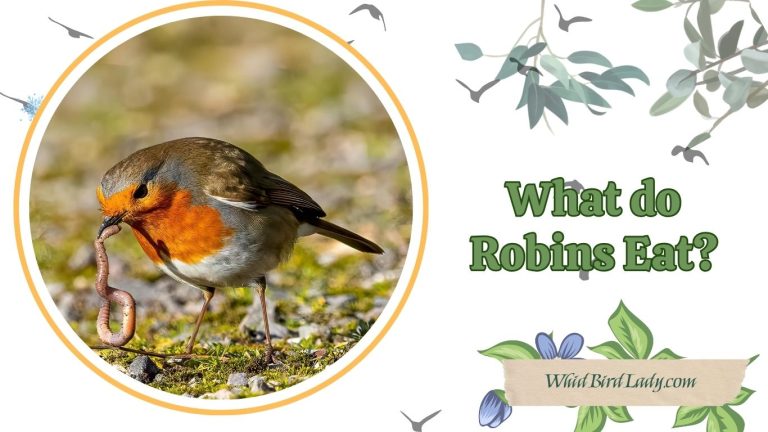What Do Pigeons Eat? The Ultimate Guide to a Healthy Pigeon Diet
Pigeons are everywhere—from bustling city sidewalks to serene countryside barns. But have you ever stopped to wonder: What do pigeons eat? Whether you’re a bird enthusiast, a new pigeon keeper, or someone simply fascinated by these adaptable birds, understanding the dietary needs of pigeons is crucial.
In this ultimate guide, we’ll break down everything you need to know about pigeon food, including what pigeons eat in the wild, what you can (and shouldn’t) feed them at home, and how to ensure they thrive on a healthy, balanced diet.
An Overview: What Do Pigeons Eat Naturally?
In the wild, pigeons are opportunistic feeders. Their natural diet consists of:
- Seeds (millet, sunflower, safflower)
- Grains (wheat, corn, barley)
- Small fruits and berries
- Occasionally small insects or worms
These birds have adapted to a wide variety of environments and can survive on whatever is available—but that doesn’t mean everything they eat is good for them. City pigeons often rely on scraps and discarded food, which is far from ideal for their health.
What Can Pigeons Eat? A Complete Safe Foods List
If you’re thinking of feeding pigeons—whether in your backyard or as pets—here’s a list of safe, nutritious foods:
✅ Grains & Seeds
- Millet
- Corn kernels (cracked)
- Barley
- Wheat
- Safflower
- Sorghum
These are the staples of most pigeon diets, especially for domesticated birds.
✅ Legumes (in moderation)
- Lentils
- Split peas
- Cooked beans
Legumes are high in protein but should be offered in moderation.
✅ Fruits
- Berries (blueberries, strawberries, raspberries)
- Apple slices (no seeds)
- Grapes (cut in half)
- Melon chunks
Fruits provide hydration and vitamins, but avoid citrus as it can be too acidic.
✅ Vegetables
- Spinach
- Kale
- Carrots (grated or chopped)
- Peas
- Corn on the cob (raw or cooked)
Vegetables add variety and nutrients. Dark leafy greens are especially beneficial.
✅ Pellets & Pigeon-Specific Feeds
Commercially formulated pigeon food provides a balanced mix of essential nutrients. Look for options labeled for:
- Racing pigeons
- Show pigeons
- Breeding pairs
🚫 What Pigeons Should Not Eat
Not everything pigeons eat is safe. Here’s what to avoid:
❌ Processed Human Food
- Bread (especially white bread)
- Chips and fries
- Sugary cereals
- Pizza, crackers, and snacks
These foods have little nutritional value and can lead to obesity, digestive issues, or even organ damage over time.
❌ Toxic Foods
- Avocado
- Chocolate
- Onions and garlic
- Alcohol and caffeine
- Apple seeds and fruit pits (contain cyanide)
Even small amounts of these can be harmful or fatal.
❌ Dairy Products
Pigeons lack the enzymes to digest lactose. Milk, cheese, and yogurt can cause digestive distress.
What Do City Pigeons Eat? (And Why It’s a Problem)
Urban pigeons are infamous for scavenging:
- Leftover pizza
- French fries
- Bread crumbs
- Sweets
While these may fill their stomachs, they offer little to no nutrition. Pigeons living on a junk-food diet are more prone to:
- Obesity
- Feather loss
- Disease
- Decreased lifespan
👉 If you feed wild pigeons, stick to healthy options like grains, seeds, and chopped veggies.
Feeding Backyard or Pet Pigeons: Best Practices
Feeding pigeons in your backyard or keeping them as pets can be a deeply rewarding experience — but only if you do it right. Proper nutrition and feeding habits help pigeons live longer, breed better, and remain healthy and active. Here’s a more detailed look at how to feed your pigeons the right way.
🕊️ Daily Feeding Schedule: Consistency is Key
Pigeons thrive on routine. Feed your pigeons once or twice per day, ideally at the same times each day (morning and late afternoon are best). This not only helps regulate their digestion but also builds trust and comfort.
Recommended Portion Sizes
- For an average adult pigeon, provide about 30–40 grams (1–1.5 ounces) of food per day.
- This can be adjusted depending on:
- Their activity level (racing birds may need more)
- Weather conditions (cold weather = higher calorie need)
- Breeding or molting phases (require more protein and nutrients)
💡 Tip: Use a small digital kitchen scale to measure portions until you’re confident in your estimates.
Clean Water: The Most Overlooked Necessity
Fresh, clean water is just as important as food. Without adequate hydration, pigeons can suffer from heat stress, poor digestion, and even egg-laying problems.
💧 Best Practices:
- Refill water bowls daily, ideally twice a day in hot weather.
- Use wide, shallow bowls that are easy to clean and can’t be tipped.
- Wash containers with warm, soapy water at least once a week, and disinfect with a mild bleach solution (1:10 ratio) monthly.
🚫 Avoid placing water bowls under perches, where droppings can contaminate the water.
Feed Containers: Safe and Accessible
Pigeons prefer to feed from surfaces that mimic the ground. Improper containers can cause:
- Beak injuries
- Tipping accidents
- Unsanitary conditions
✅ Ideal Feed Containers:
- Low and wide trays or bowls — allow multiple birds to eat comfortably.
- Non-metallic, non-toxic plastic or ceramic is best.
- Clean feeders regularly to prevent mold, old grains, or droppings buildup.
❄️ Seasonal Adjustments: Feed With the Weather
Pigeons’ dietary needs shift with the seasons. Adjust their diet to support energy levels, hydration, and breeding health.
🌨️ Winter Feeding:
- Increase high-energy grains like corn, sunflower seeds, and safflower.
- Consider adding a bit of wheat germ oil or flaxseed oil to support feather health.
- Provide extra grit to help digest the heavier food load.
☀️ Summer Feeding:
- Include hydrating fruits and vegetables like cucumber slices, peas, spinach, and chopped watermelon.
- Avoid feeding oily or fatty grains in high quantities, which can lead to overheating.
- Ensure shaded feeding areas and cool water sources.
Bonus Tip: Soaking grains for a few hours in summer can make them easier to digest and slightly more hydrating.
Supplements for Pigeons: Enhancing Their Diet Safely
While a balanced grain-based diet meets most needs, certain situations call for extra supplementation — especially for racing pigeons, breeding pairs, or young squabs.
Grit with Calcium
- Helps pigeons grind food in their gizzards.
- Provides calcium, essential for bone strength and egg production.
- Offer free-choice in a small side dish, separate from food.
Mineral Blocks or Pigeon Stones
- Contain trace elements like iron, phosphorus, iodine, and zinc.
- Help prevent mineral deficiencies common in captive birds.
- Especially beneficial during molting or after illness.
Vitamins
- Vitamin A: Boosts immune system and eye health.
- Vitamin D: Essential for calcium absorption and strong bones.
- Vitamin E: Supports fertility and reduces oxidative stress.
- Use water-soluble supplements 2–3 times per week during breeding season or under vet advice.
Probiotics
- Improve gut health and nutrient absorption.
- Reduce the risk of diarrhea during stress, molting, or after antibiotics.
- Available as powders to sprinkle on moist food or mix with water.
Important: Never overdose supplements. Always follow label instructions or consult an avian vet or pigeon expert.
Bonus: Watch for These Feeding Red Flags
Even if you’re offering good food, certain behaviors or signs can indicate issues:
| Symptom | Possible Cause |
|---|---|
| Refusing food | Spoiled feed, illness, stress |
| Excessive weight gain | Overfeeding, lack of exercise |
| Feather dullness | Vitamin deficiency |
| Loose droppings | Contaminated water, poor diet |
Fix it fast: Clean up the diet, refresh water, and consult a vet if symptoms persist.
Wrap-Up: Feed Smart, Keep Them Healthy
Feeding backyard or pet pigeons isn’t just about tossing seeds and walking away. With thoughtful planning, consistent hygiene, and seasonal care, you’ll raise happier, healthier birds. And in return, they’ll reward you with trust, beauty, and even companionship.
What Do Baby Pigeons Eat?
Baby pigeons — known as squabs — have unique dietary needs that are vastly different from adult birds. In their early days, they rely entirely on their parents or human caregivers for survival. Understanding what they eat and how to feed them can mean the difference between life and death.
Pigeon Milk: Nature’s Superfood for Squabs
Unlike most birds, pigeon parents feed their babies a special substance known as “pigeon milk” or crop milk. This isn’t dairy milk — it’s a thick, nutrient-dense secretion produced in the crop lining of both mother and father pigeons.
📌 Key Facts About Pigeon Milk:
- Produced for the first 7–10 days after hatching.
- Packed with proteins, fats, antioxidants, and immune-boosting compounds.
- Delivered directly into the baby’s beak through regurgitation.
After this period, the parents gradually mix in softened seeds or partially digested grains, preparing the squabs for solid food.
Hand-Raising Orphaned Baby Pigeons
If the parents are absent or unable to feed, hand-rearing may be necessary. It’s delicate work — squabs are extremely fragile and require warmth, cleanliness, and careful feeding.
Formula Options:
- Use a commercial baby bird hand-feeding formula (available at pet stores or online).
- Recommended brands: Kaytee Exact Hand Feeding Formula, Harrison’s Juvenile Hand-Feeding Formula.
- NEVER feed cow’s milk, bread, or plain grains to newly hatched pigeons.
Mixing the Formula:
- Mix the powder with warm (not hot) water to the consistency of a thin smoothie for younger squabs.
- Ensure the temperature is between 102°F–106°F (39°C–41°C) — cold formula can cause digestion issues, while hot formula can scald.
Feeding Method: How to Do It Right
Use clean tools and gentle techniques to avoid aspiration (liquid entering the lungs).
Best Tools:
- Syringe (5–10 mL) with a soft rubber tip
- Bent spoon or crop needle (for experienced handlers only)
Feeding Frequency:
| Age | Feeding Frequency | Amount per Feeding |
|---|---|---|
| 0–3 days | Every 2–3 hours (even at night) | 1–2 mL |
| 4–7 days | Every 3–4 hours | 3–5 mL |
| 8–14 days | 3 times/day | 5–10 mL |
| 15–28 days | 2 times/day | 10–15 mL |
🛑 Signs of overfeeding: liquid oozing from the beak, bloated crop, lethargy.
✅ Only feed when the crop feels empty or nearly empty.
Transitioning to Solid Foods
Around 3 to 4 weeks of age, baby pigeons begin pecking at grains and observing feeding behavior from adults.
Step-by-Step Transition:
- Start offering softened grains or small seeds like millet, rice, or crushed corn soaked in warm water.
- Slowly introduce dry seeds by mixing them into soft food.
- By 6 weeks, most squabs can self-feed and be weaned off formula entirely.
Always provide clean water once they begin pecking on their own — squabs won’t drink until this stage.
Extra Tips for Success
- Keep squabs warm: maintain ambient temperature at 85–95°F (29–35°C) during the first week.
- Avoid drafts, loud noises, or sudden light changes.
- Weigh daily using a digital gram scale — a healthy squab should gain weight steadily each day.
- Watch for yeast infections, sour crop, or diarrhea — these can be fatal if untreated.
When in doubt, consult a licensed avian vet. Early intervention saves lives.
Summary: What Baby Pigeons Eat
| Age | Food Type | Notes |
|---|---|---|
| 0–7 days | Pigeon milk (from parents) or formula | Must be warm and liquidy |
| 8–14 days | Thicker formula + small soft solids | Increase volume, reduce frequency |
| 15–28 days | Soft soaked grains, gradual dry mix | Encourage self-feeding |
| 4–6 weeks | Small dry seeds, occasional greens | Fully weaned soon |
Hand-raising a squab can be time-consuming, but it’s also one of the most rewarding avian experiences. Done right, you’ll raise a strong, social, and trusting bird.
Nutritional Needs of Pigeons
Here’s a basic breakdown of what a balanced pigeon diet should include:
| Nutrient | Ideal Range | Role |
|---|---|---|
| Carbohydrates | 50–60% | Energy source |
| Protein | 12–18% | Muscle development, feathers |
| Fats | 4–6% | Energy, warmth, feather condition |
| Fiber | 5–10% | Digestive health |
| Vitamins & Minerals | Trace amounts | Bone health, immunity, breeding |
Fun Fact: Pigeons Can Recognize Food Colors!
Studies show pigeons are capable of distinguishing colors and may even show preferences for certain grains or fruit colors. So if your pet pigeon ignores the green peas and eats all the corn first—now you know why!
FAQs About Pigeon Food
❓ Can pigeons eat rice?
Yes! Contrary to myth, cooked or uncooked rice is safe for pigeons. It won’t make them explode.
❓ Is it OK to feed pigeons bread?
A small piece occasionally won’t hurt, but bread is not nutritious and should not be a staple.
❓ Can pigeons eat bananas?
Yes, in small amounts. Bananas are soft and easy to digest but are high in sugar.
❓ What’s the best food for racing pigeons?
A mix of corn, peas, millet, and formulated racing pellets works best. Add supplements during peak season.
What Happens If Pigeons Eat Poorly?
An imbalanced or junk-heavy diet can cause:
- Vitamin deficiencies
- Poor feather condition
- Weakened immune system
- Reproductive issues
- Shortened lifespan
In contrast, well-fed pigeons live longer, breed better, and show vibrant plumage.
How to Help Urban Pigeons Eat Better
You don’t need to be a pigeon keeper to make a difference. Here’s how you can help:
- Offer seed blends in public parks
- Avoid tossing bread or junk food
- Plant native berry bushes and grasses
- Place shallow water bowls during hot months
Final Thoughts: Feed Them Well, Watch Them Thrive
So, what do pigeons eat? The answer goes far beyond scraps and crumbs. Whether in the wild or your backyard, pigeons deserve proper nutrition. By understanding their dietary needs and offering safe, healthy foods, you’ll not only help them thrive—you’ll also get to enjoy the beauty, intelligence, and companionship of one of nature’s most underrated birds.
Liked this guide? Share it with fellow bird lovers and let’s make pigeon care smarter, kinder, and more nutritious.

